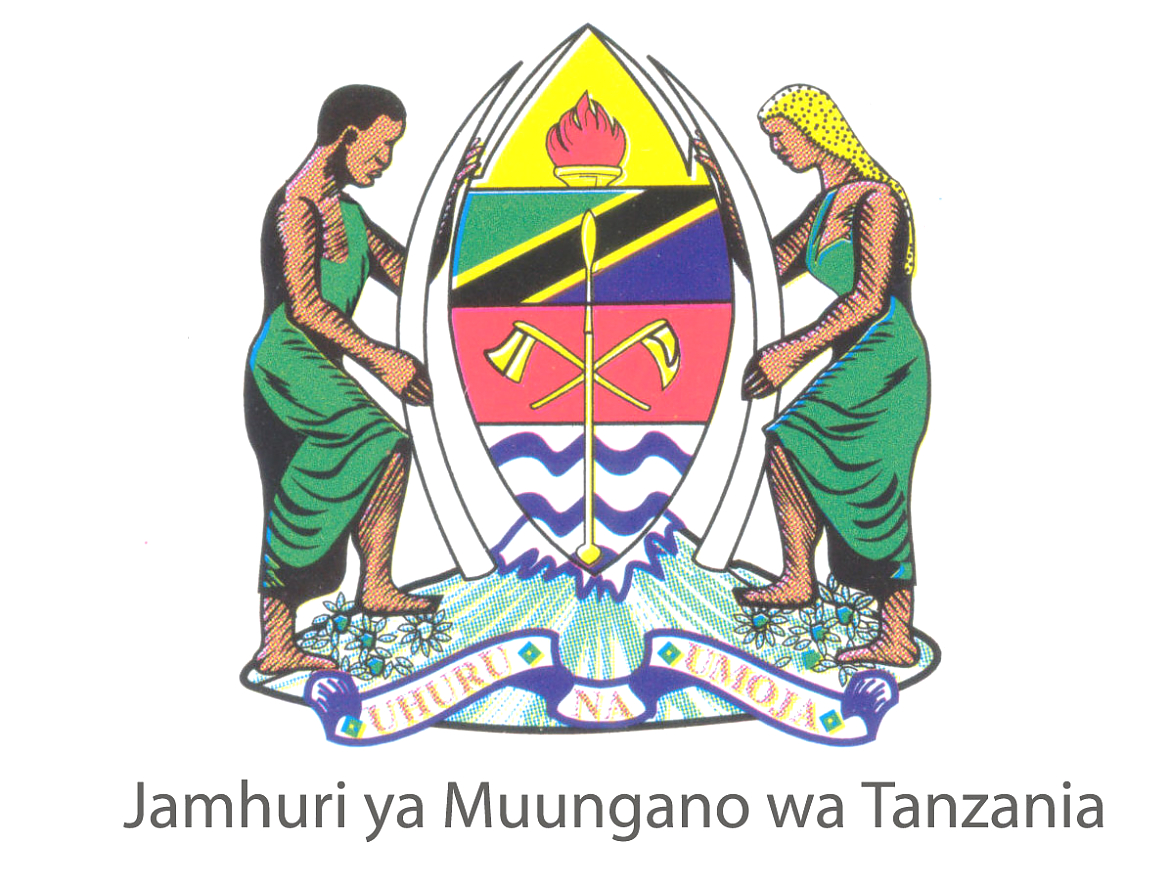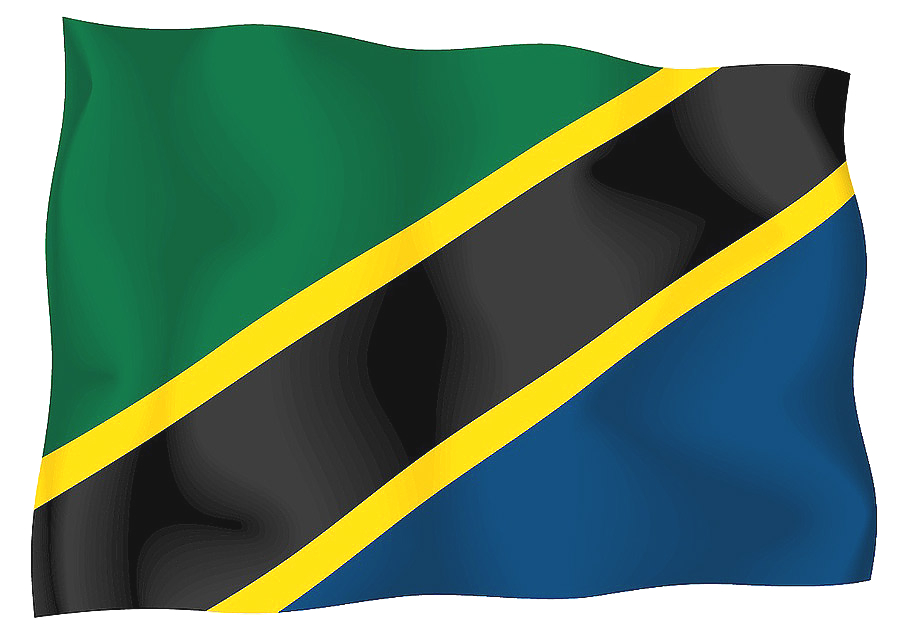Tanzania Country Profile
The United Republic of Tanzania is located in Eastern Africa. It is bordered by Kenya and Uganda to the North, Rwanda, Burundi and the Democratic Republic of Congo to the West and Zambia, Malawi and Mozambique to the South. The country’s eastern border lies in the Indian Ocean which has a coastline of 1,424 km.
Geography
Zanzibar is a part of the United Republic of Tanzania and consists of two main islands of Unguja and Pemba and a number of small islands. The Islands are located 40 km off the mainland coast of East Africa in the Indian Ocean. The two main islands are 40 kilometers apart, separated by 700 meters deep Pemba Channel.
Area and Population
Tanzania has a total area is 945,087 sq.km including 61,000 sq. km of inland water. The total surface area of Zanzibar is 2,654 sq.km. Unguja, the larger of the two islands has an area of 1,666 sq.km, while Pemba has an area of 988 sq.km.
The 2012 Population and Housing Census (PHC) for the United Republic of Tanzania was carried out on the 26 th August, 2012. This was the fifth Census after the Union of Tanganyika and Zanzibar in 1964. The 2012 Population and Housing Census results show that, Tanzania has a population of 44,928,923 of which 43,625,354 is on Tanzania Mainland and 1,303,569 is in Tanzania Zanzibar
Climate
Tanzania has a tropical type of climate and is divided into four main climatic zones notably: the hot humid coastal plain; the semi-arid zone of the central plateau; the high-moist lake regions; and the temperate highland areas. In the highlands, temperatures range between 10ºc and 20ºc during cold and hot seasons respectively. The rest of the country has temperatures usually not falling lower than 20ºc. The hottest period spreads between November and February (25ºc - 31ºc) whereas the coldest period is often between May and August (15ºc - 20ºc).
The climate of the islands of Zanzibar is tropical and humid. Average maximum temperature is about 30۫۫۫۫ºC recorded during the hot season November to March, while average minimum temperature is 21ºC, recorded during the cool season of June to October. Humidity rate is high ranging from 50’s to 80’s and slightly higher in Pemba than Unguja.
The Capital City
The official capital of Tanzania is Dodoma, which is located 309 km west of Dar es Salaam. Dar es Salaam is the country's commercial capital and is also the major seaport for the county’s serving its landlocked neighbors. Other big urban centres include Arusha, Moshi, Tanga, Mwanza, Morogoro, Mbeya, Iringa, Tabora, Kigoma, Shinyanga and Zanzibar.
Administrative Regions and Districts
The Government of the United Republic of Tanzania is composed of 30 administrative regions; 25 regions on the mainland and 5 in Zanzibar. Tanzania’s regions are Arusha, Dar es Salaam, Dodoma, Geita, Iringa, Kagera, Katavi, Kigoma, Kilimanjaro, Lindi, Manyara, Mara, Mbeya, Morogoro , Mtwara , Mwanza, Njombe, Pemba North, Pemba South, Pwani, Rukwa, Ruvuma, Shinyanga, Simiyu, Singida, Tabora, Tanga, Zanzibar Central/South, Zanzibar North and Zanzibar Urban/West.
Culture
Tanzania has been described as one of the most diverse countries in Africa and this is reflected in the fact that there are more than 120 local languages spoken in the country. Swahili is the national language that is widely spoken while English is the official language of education; administration and business.
Local people are native African 99% (of which 95% are Bantu consisting of more than 120 tribes) and the remaining 1% consisting of Asians, Europeans, and Arabs.
Most of the population belongs to Christianity and Muslim religions though there is a small number of Hindus and atheists.
Generally, Tanzania culture is a product of African, Arab, European and Indian influences. Traditional African values are being consciously adapted to modern life, although at a much slower pace among the Maasai.
Politics
Since independence, Tanzania has been ruled by 4 Presidents, namely; the late Mwalimu Julius Kambarage Nyerere (1961-1985), H.E. Al Haj Ali Hassan Mwinyi (1985 – 1995); H.E. Benjamin William Mkapa (1995 – 2005). The current President of the United Republic of Tanzania is H.E. Jakaya Mrisho Kikwete (2005 to date).
The United Republic of Tanzania is a Democratic Republic. The Constitution of the United Republic of Tanzania guarantees political pluralism. Currently there are about eighteen (18) registered political parties. (http://www.nec.go.tz)
Since 1992, when the Multi-Party Political System was introduced in Tanzania, there have been three successful Presidential and Parliamentary elections. The first such election was conducted in 1995, followed by the 2000, and the 2005 elections.
Economy
Tanzania is a developing country and its economy depends heavily on agriculture. The sector accounts for more than 40% of GDP, provides 85% of the country’s exports and employs 80% of the total workforce.
Apart from the agricultural sector, tourism, mining and small scale industries are increasingly contributing to the national economic growth.
Currency
The Tanzanian shilling (Tsh.) is divided into 100 cents. Notes are in denomination of 500, 1000, 2,000, 5,000 and 10,000 shillings. Coins are in order of 5, 10, 20, 50, 100 and 200 shillings. Money can be changed in banks, Bureau de Change and other accredited points such as hotels. Credit cards (Access, Master Card, Visa, American Express, Euro Card and Diners) are accepted by major hotels around the country.
Travelers’ cheques in US dollars and Pound Sterling are recommended, although Euros are also accepted. Banking hours in major towns are from Monday to Friday (08.30 - 16.00 hrs), Saturday from 08.30 hrs - 13.30 hrs and are closed on Sundays. These may vary in smaller towns. ATM Machines are available in branches of major banks and accept most VISA cards.
For further details about Tanzania, please visit:
http://www.tanzania.go.tz/ Tanzania National Emblem
Tanzania National Emblem


